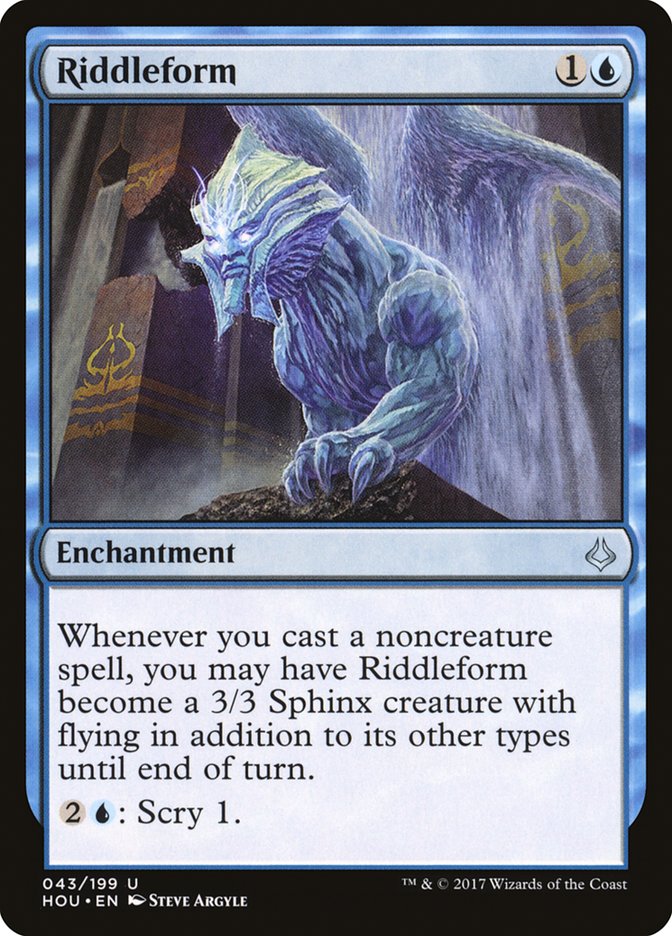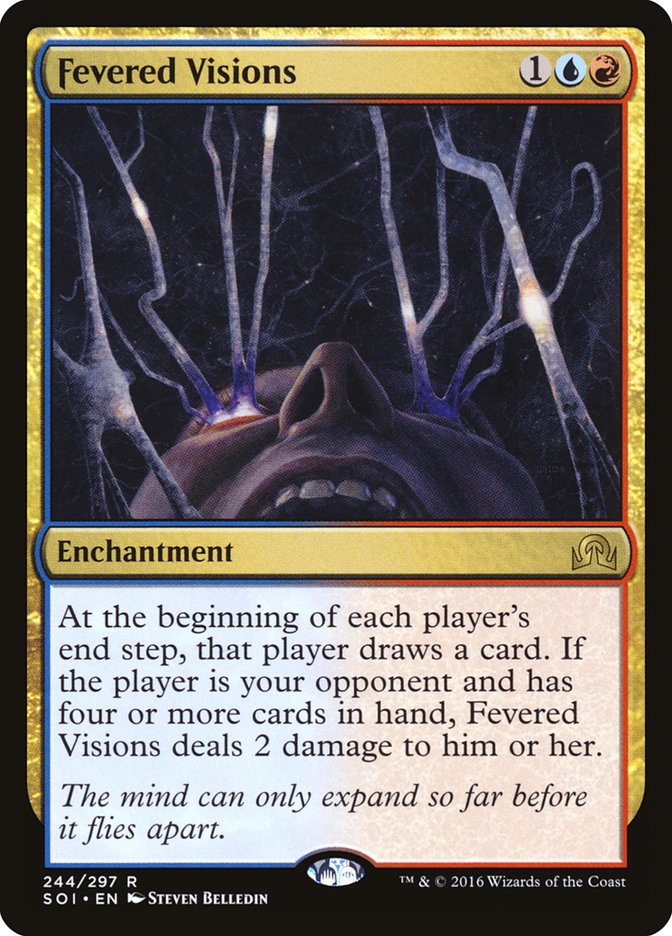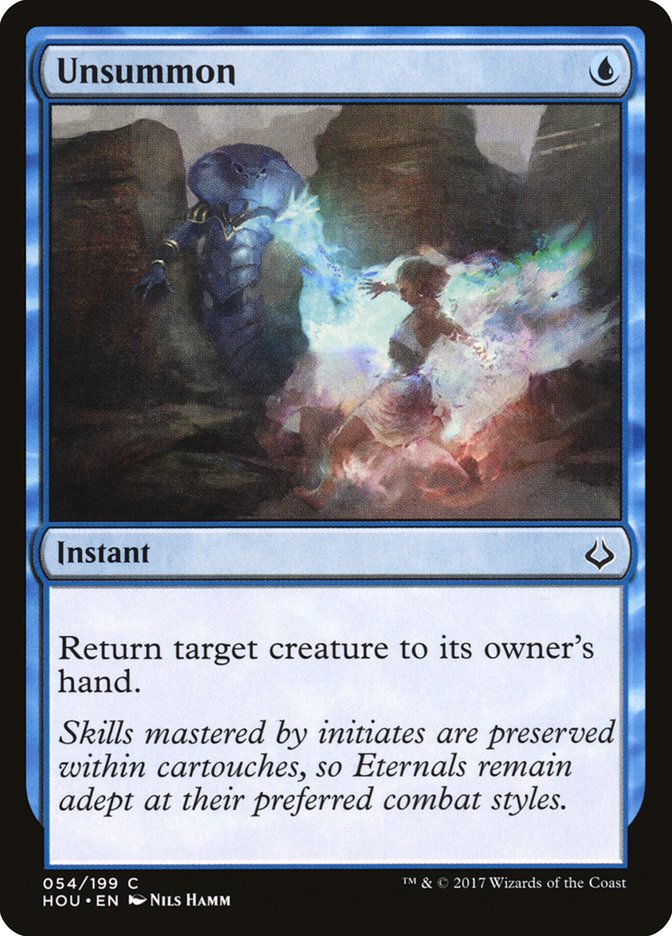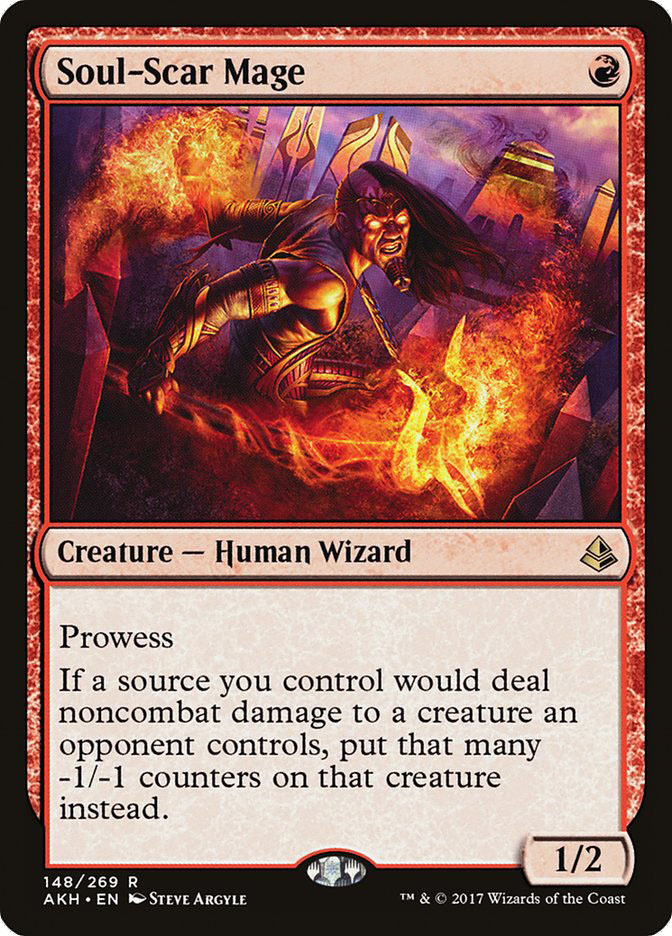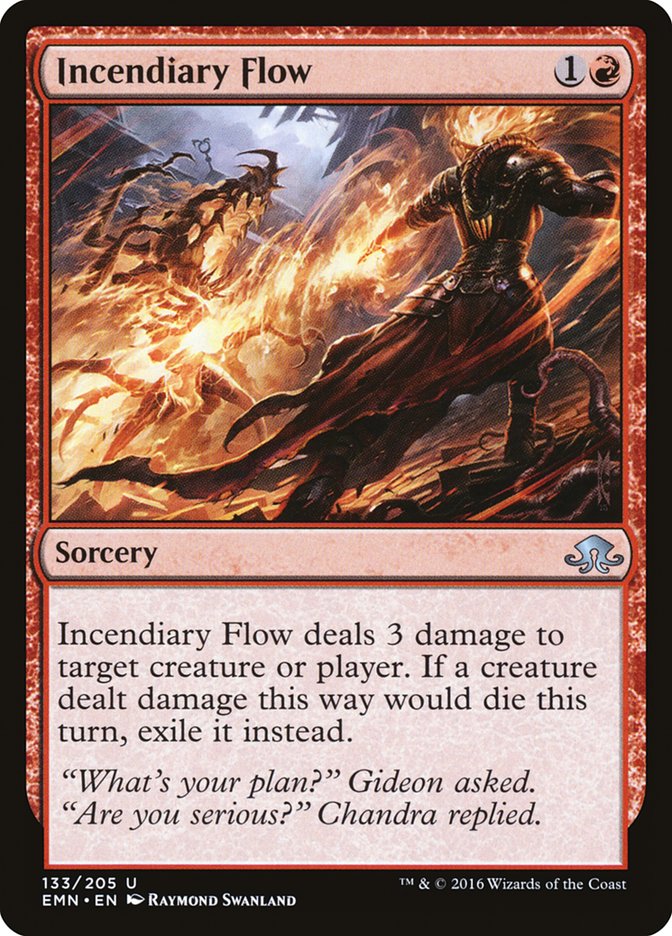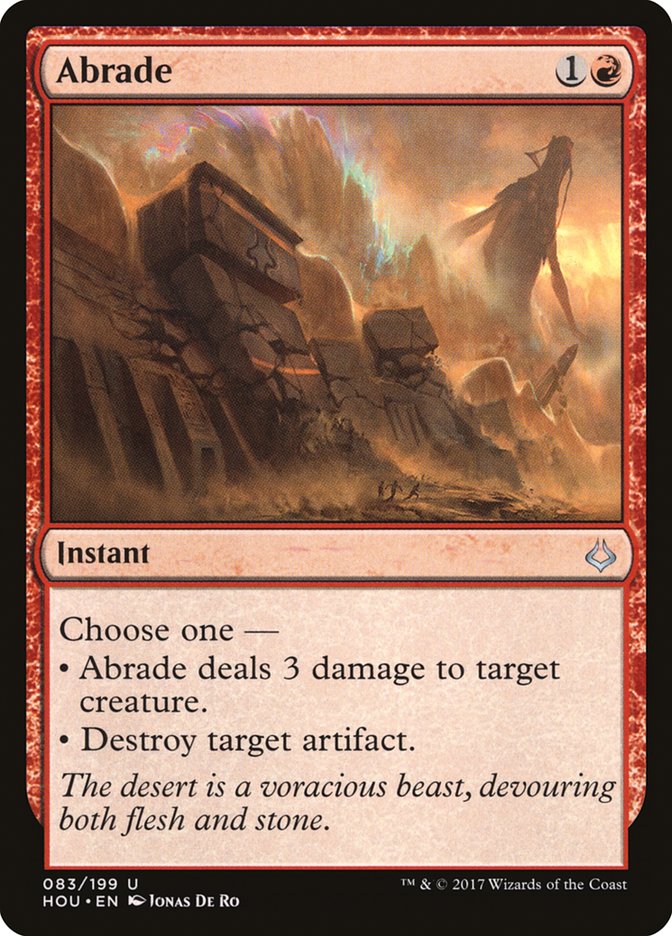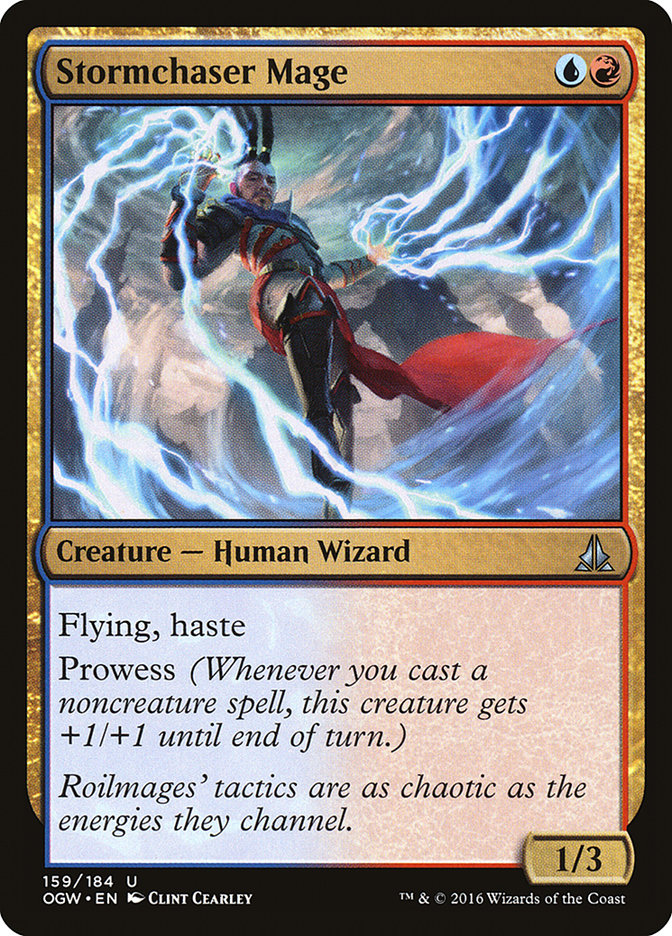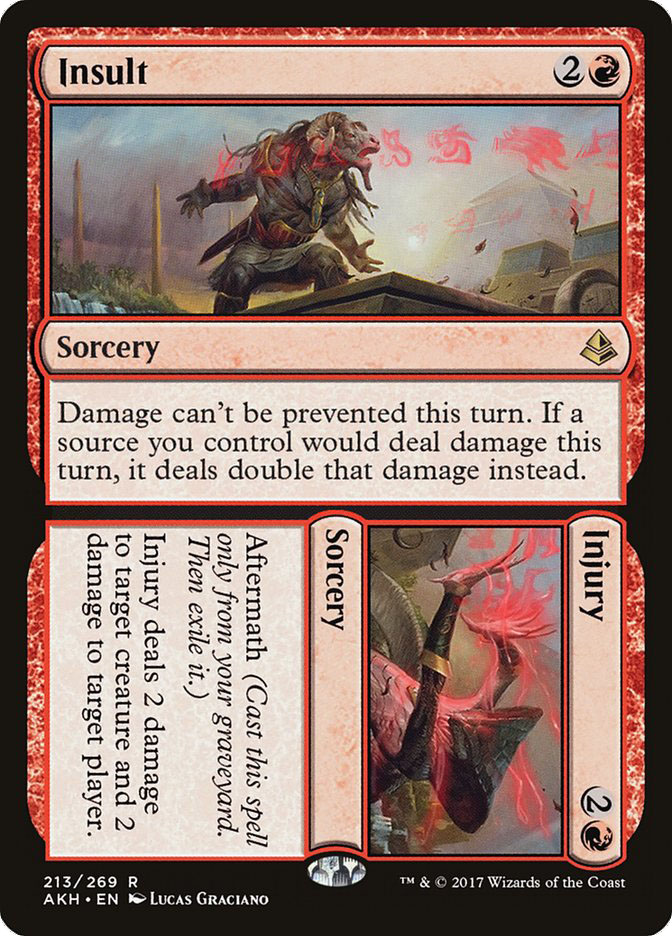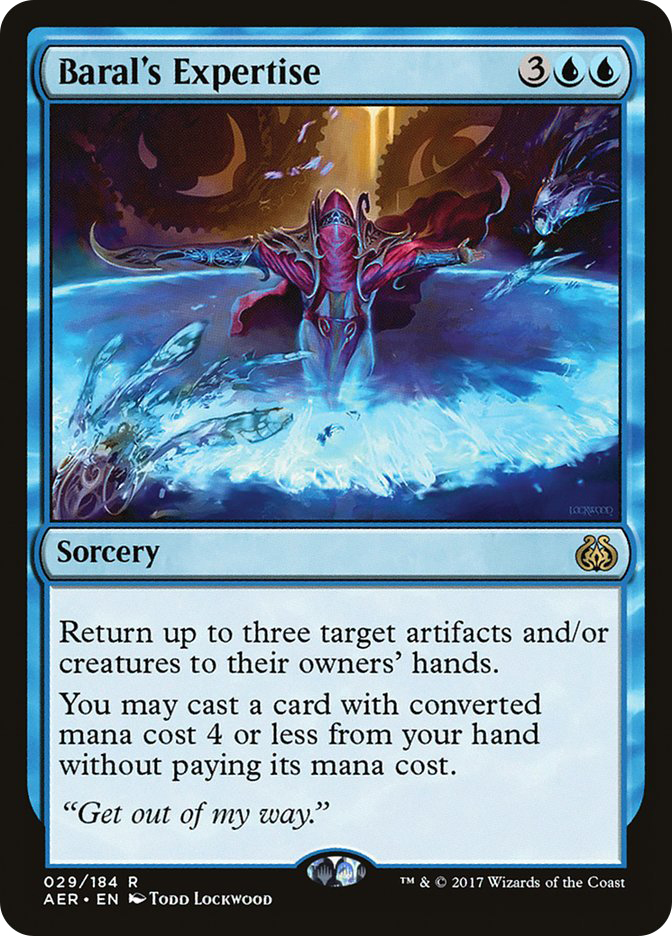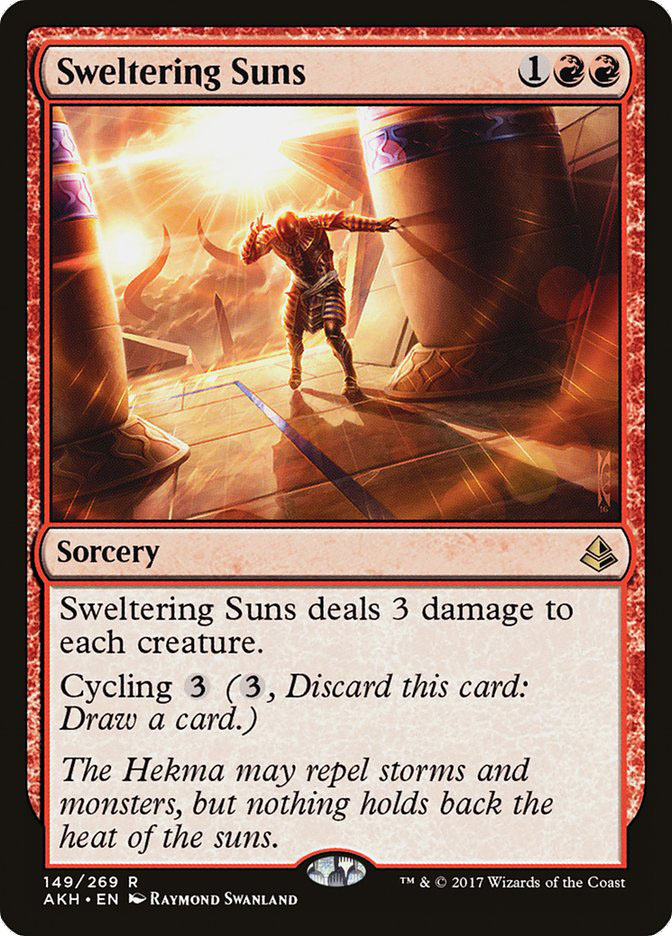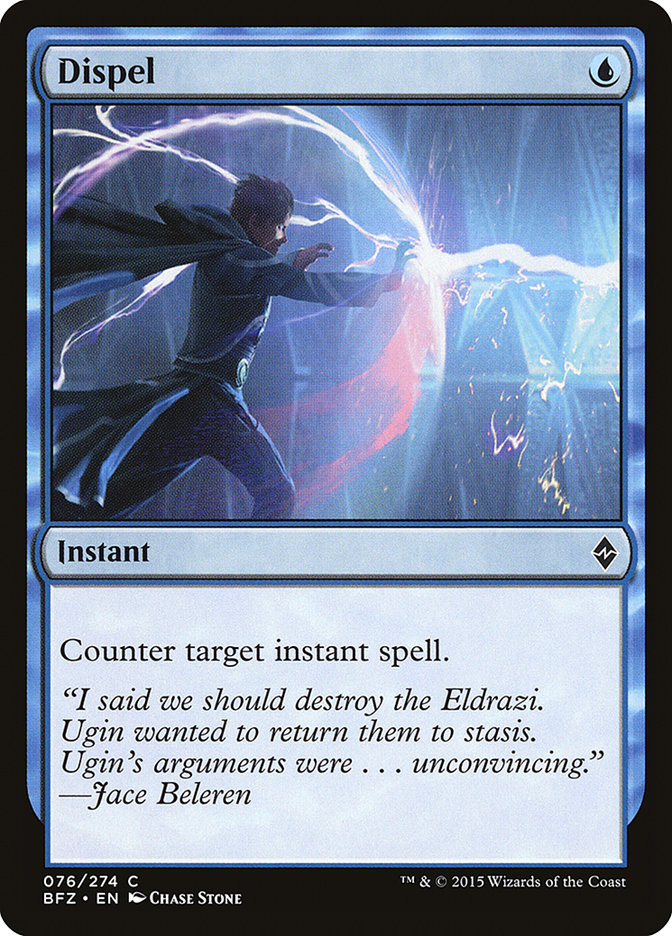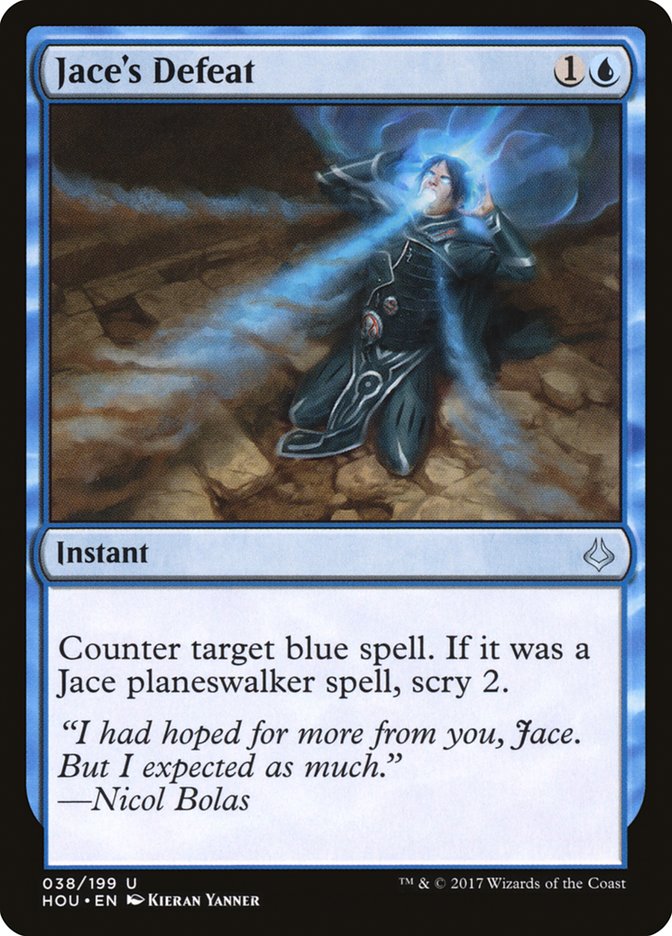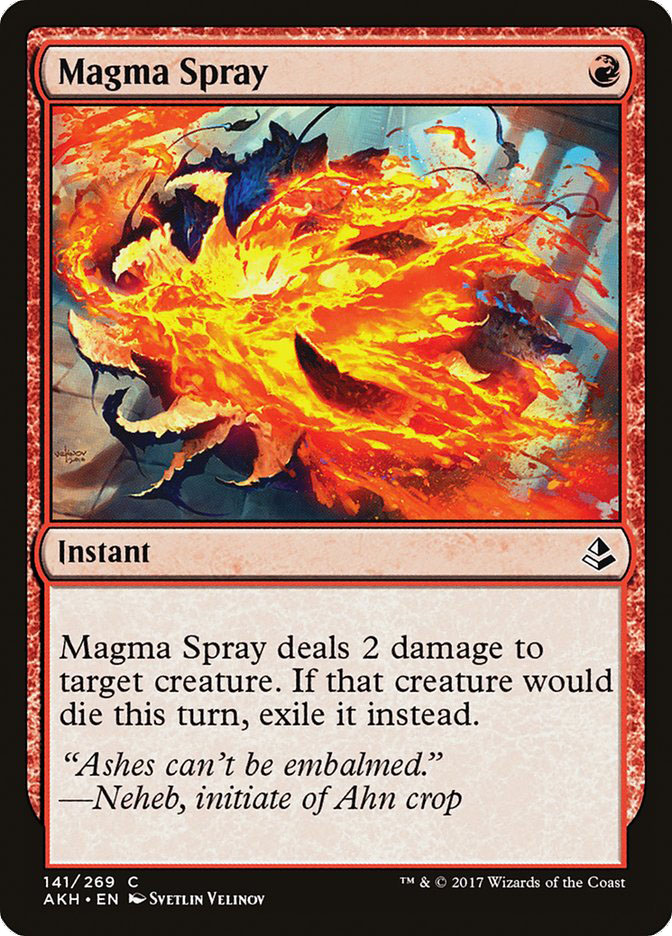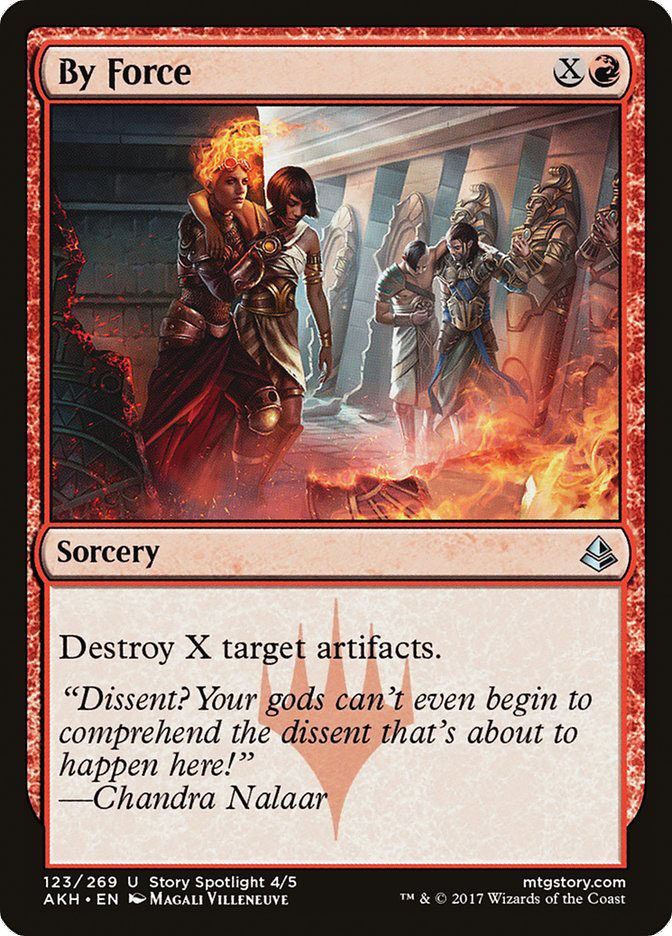Hour of Devastation is a very interesting set.
At first glance, it doesn’t pack the punch of some of the more recent set releases. There’s no insanely powerful Eldrazi that costs a hundred mana and wins the game on the spot. There are no insanely pushed planeswalkers like Gideon, Ally of Zendikar; game-changing removal spells like Fatal Push; or new card types gone crazy like Smuggler’s Copter. There aren’t even any accidental two-card Splinter Twin-style combos!
But what the set lacks in flair, it makes up for in utility.
While it’s partly due to Standard finally being free from the oppression of Emrakul, the Promised End; Felidar Guardian; and Aetherworks Marvel, I haven’t seen people this excited to brew up decks and play Standard in a long time. Cards that didn’t necessarily jump off the image gallery at first are making their way into decklists, and the new tools provided are supplementing archetypes that were coming up short before.
In short, Hour of Devastation is doing exactly what a small set being released after a year of rough Standard formats should do – it is adding new and unique tools to the Standard card pool without tipping the scales too far in any one direction. Hour of Devastation is full of cards that are great role-players, cards that make the other cards around them better without taking too much of the spotlight.
Last week I went over a number of cards in the set that had caught my eye, but this week we get down to putting those theories into practice.
The Deck
Creatures (8)
Planeswalkers (4)
Lands (23)
Spells (25)
Sideboard

These sorts of U/R decks have been right on the cusp throughout the last few Standard formats, but they’ve never quite had what it takes to move up to the next level.
A big reason for that is how much of an oddity Fevered Visions is. While clearly a card packed with power, the odd combination of Howling Mine and Sulfuric Vortex in an uncommon color pairing has mostly relegated Fevered Visions to a sideboard card against slower control decks that can’t empty their hand quickly.
To make Fevered Visions into a good maindeck card, you need to be playing an aggressive deck full of cheap spells. You need to be able to take good advantage of the extra cards Fevered Visions gives you, while also taking advantage of the extra damage it provides in the early-game. You also need to kill your opponent before the extra cards they get can overpower your cheaper, weaker cards.
This is the best Fevered Visions deck I have ever seen.
I’ve played about twenty matches with this deck so far, and in any game where you cast Fevered Visions on turn 3, you are a huge favorite to win. It’s a noncreature spell to trigger your prowess effects, a repeating damage source to supplement your burn spells, and a few extra cards in the mid-game to make sure you have enough gas to close the door.
It also has the benefit of being especially potent against control decks. Fevered Visions has spent most of its time in Standard as a control killer out of sideboards, and the free wins that come from having a Tier 1 sideboard card be an integral part of your maindeck are not to be underestimated. Fevered Visions in this way is a lot like playing Cavern of Souls in your Five-Color Humans deck in Modern. You are already interested in playing the painless mana fixer; the fact that it is also good against Remand and Cryptic Command is a bonus.
Fevered Visions has been around for a while, so let’s look at the new cards that make this deck work.
I waxed poetic about Riddleform last week, and after having played the card, now I am firmly convinced it is the real deal. Riddleform is the ideal threat for a deck like this; it is difficult to remove, cheap to cast, and most importantly self-perpetuating.
The biggest issue with prowess creatures and cards like Thing in the Ice is that they bring major tension to deckbuilding. You need to have a good amount of these types of threats in your deck so you can actually pressure your opponent, but the more of them you have, the worse they get. If you play too few of them you won’t draw them consistently enough in the early-game to apply good pressure, and if you play too many, you aren’t going to trigger them often enough.
Riddleform solves this problem by triggering itself!
As both a threat and a noncreature spell, Riddleform is able to add itself to both sides of the equation on the deckbuilding ledger. This brings a balance to the deck that previously wasn’t there, and the fact that Riddleform is also a great, hard-hitting two-drop throws it way over the top. You even get to scry sometimes when you’re mana flooded!
The other Hour of Devastation addition to the deck is the innocent-looking Crash Through. In other formats we are spoiled with the likes of Serum Visions, Ponder, and friends, and have all the cantrips we could ever want to power up our Young Pyromancers, Monastery Swiftspears, and Monastery Mentors. In Standard we don’t get such toys. As such, we have to make do with what we have, and what we have is a one-mana cantrip with a marginal effect.
While cards like Slip Through Space, Expedite, and Renegade Tactics are all currently legal in Standard and in our colors, they all require a creature on the battlefield to be cast. Furthermore, it’s a total blowout if they Fatal Push your creature in response to a Slip Through Space. Crash Though has 90% of the upside with zero percent of the risk, and is a great cog in the deck.
While not technically a new card, the reintroduction of Unsummon to the format is definitely a boon for this style of deck.
We’re already in the market for cheap and interactive spells, and Unsummon allows us a tempo-positive play that is also great at dealing with larger creatures we can’t just burn away. Glorybringer is one of the best targets for it, but even things like huge Longtusk Cubs or random three- or four-drops are solid targets.
It’s hard to play a ton of cheap but low-power interactive cards because you never want to draw too many of them, but Unsummon is a nice tool to have that can do some serious tempo damage or even save your own creatures from removal.
Hey, wait, Soul-Scar Mage isn’t a new card!
Well, you know what? Soul-Scar Mage hasn’t gotten nearly the attention it deserves.
Monastary Swiftspear is one of the best red one-drops ever printed, and while losing haste is significant, the ability on Soul-Scar Mage is not irrelevant. Furthermore, it’s actually pretty awesome against Winding Constrictor, whose effect works on all counters. You can Shock and kill a Winding Constrictor (or any three-toughness creature) with a Soul-Scar Mage on the battlefield, which is very relevant in the current Standard format.
Soul-Scar Mage both gets in early damage and attacks for around two to three damage in the mid-game. It’s a perfect one-drop for the deck.
The other big piece to the recurring damage puzzle, Chandra, Torch of Defiance is a fantastic curve-topper. Like Riddleform and Fevered Visions, Chandra is a consistent threat that is also a noncreature spell, making her work wonders with the rest of the deck. The way Chandra’s abilities are templated, she basically demands to be played in a proactive deck, and in this deck, all four of her abilities are relevant. Whether she is killing creatures, drawing extra spells, or just dealing two damage every turn, this is a great Chandra deck.
The burn spells in Standard are not fantastic, but they do the job. Shock’s ability to go to the face gives it the nod over Magma Spray, as it is very important to be able to use your spells proactively when necessary. Being able to pump your prowess creatures at instant speed for only one mana is a great way to blow people out, and sometimes you just need to turn on your Riddleform.
Incendiary Flow isn’t quite Lightning Bolt, but it goes to the face just fine and has some extra utility against cards like Scrapheap Scrounger. For the most part this is just a glorified Burn deck, so the more we have, the better.
It is because the deck is a Burn deck that I’m not thrilled about Abrade, but there’s no denying it is a powerful and versatile card. Still, it can’t go to the face and it can’t always be played proactively – Abrade’s value will be much clearer once the format settles and we have a good idea of how prevalent artifacts are going to be.
Stormchaser Mage is a little underwhelming on rate alone but does basically everything the deck wants to do. Flying is a very good form of evasion on an early creature in Standard currently, and Stormchaser Mage fits the plan of casting a threat on turn 2 and spells for the rest of the game.
The final card in the deck is perhaps the most exciting. Insult // Injury has ended many Limited games in its caster’s favor but has never really crossed over into Constructed. Here it does a ton of work, effectively doubling our prowess effects and quickening our clock. Just casting Insult // Injury with a Stormchaser Mage and a Riddleform on the battlefield is good for an astounding ten damage. You can also use it to double up on our burn spells, turning our Shocks into Lightning Blasts, and the aftermath half of the card gives us an additional spell to cast for some serious value.
There’s only one copy of Insult // Injury currently, but I would not be surprised if we wanted more.
The Sideboard
While the deck does have the somewhat limiting factor of wanting as many proactive spells as possible, there are a surprising number of awesome sideboard options available.
Baral’s Expertise is not only our best tool against big creature decks, but it also has amazing synergy with the deck. As a spell it’s worth two prowess triggers, and it works beautifully in concert with Fevered Visions and Chandra, Torch of Defiance. Aside from the obvious tempo applications of casting a three- or four-mana spell for free, Baral’s Expertise helps to keep your opponent’s hand clogged for Fevered Visions and your opponent’s battlefield clear to protect Chandra.
Without knowing what the format is going to look like, it feels too risky to maindeck Baral’s Expertise, but the power level is certainly there.
Another great plus for the deck is how aggressive it can be while still making excellent use of Sweltering Suns. Soul-Scar Mage is the only creature in the entire deck that dies to Sweltering Suns, and an extra spell can even make it survive. Your opponents relying on flooding the battlefield with creatures won’t have the luxury of playing around a sweeper because of how quickly you can deal damage and will likely walk right into Sweltering Suns.
While counterspells are not quite as good in this deck as in other decks due to their poor interaction with prowess, they are a necessity in any sort of control or combo matchup. Dispel is excellent for forcing through Fevered Visions or Chandra, but I’m not completely confident on the right mix of sideboard counterspells yet.
Some matchups require more Shocks, and Magma Spray is a very important tempo play. By Force destroys artifacts and is good against artifact decks. Not all sideboarding is rocket science.
Our last sideboard card is some tech for the Ramp matchup, which I except to be popular. Ulamog, the Ceaseless Hunger just never seems to go away, and punishing your opponent for casting one to the tune of ten damage seems like a nice way of expressing your displeasure with the Eldrazi titan.
Notable Omissions
Quick! Without looking, guess how many instants and sorceries are in the deck!
…
I’ll wait here.
…
…
You didn’t peek, did you?
…
…I’m on to you.
…
The answer is only seventeen.
Pretty surprising right? You would think that an aggressive, spell-based U/R Prowess deck would be jam-packed with instants and sorceries, but the truth is that we have eight enchantments and four planeswalkers in our deck taking up many of the slots. As such, cards like Thing in the Ice, Thermo-Alchemist, and friends that care about instants and sorceries are left on the outside looking in.
There are a few new and interesting choices, like Firebrand Archer and Spellweaver Eternal, that seem okay but just worse than the other options, but the actual upsetting omission is Hungry Flames. Hungry Flames was initially in the Abrade slot, but I was too worried about it being dead to finally pull the trigger. It may just be a bad Searing Blaze, but Searing Blaze is so good it has to be kept in consideration.
Tips for Playing the Deck
The deck plays out in mostly logical fashion, as you try to deploy your permanent-based threats first and then cast your spells in a race to finish your opponent off with direct damage.
Casting Fevered Visions as soon as possible is almost always correct, and once you have it online, you can use your burn spells more liberally on your opponent’s creatures.
It’s important to keep hands that have at least one good threat, as your tempo cards like Unsummon and Shock aren’t very good if they aren’t triggering other things.
The mana +1 on Chandra is surprisingly relevant for a deck with such a low mana curve. Once you start drawing fistfuls of cards with Fevered Visions, you can often unload a bunch in one turn for a huge prowess attack.
Riddleform is a “may” trigger. Much like Smuggler’s Copter or Heart of Kiran, if you suspect that your opponent has a removal spell at the ready and want to protect it, you can choose not to activate it.
When you bring in Sweltering Suns post-sideboard against aggressive decks, you usually want to leave in your Fevered Visions as well. It may seem odd to give a low-curve deck access to a Howling Mine, but you can use your mass removal and evasion to overcome their extra cards while using your own extra cards to kill them.
Week One
If you’re looking for a sweet deck to play for your Week One Standard tournament, this deck is not only powerful but also attacks from a unique angle as well. Aggressive decks tend to do well Week One, as it’s much easier to present new threats rather than try to answer them, and it’s also awesome that, if anyone is trying any sort of control deck with Nicol Bolas or Hour of Devastation, you’ve got four maindeck Fevered Visions to show them true devastation.
Team MGG is going to be taking the weekend off for #SCGCIN, but we will be right back at it at #SCGATL the following weekend. For now, good luck in this exciting new Standard format, and may all your Insults be followed by Injuries.


